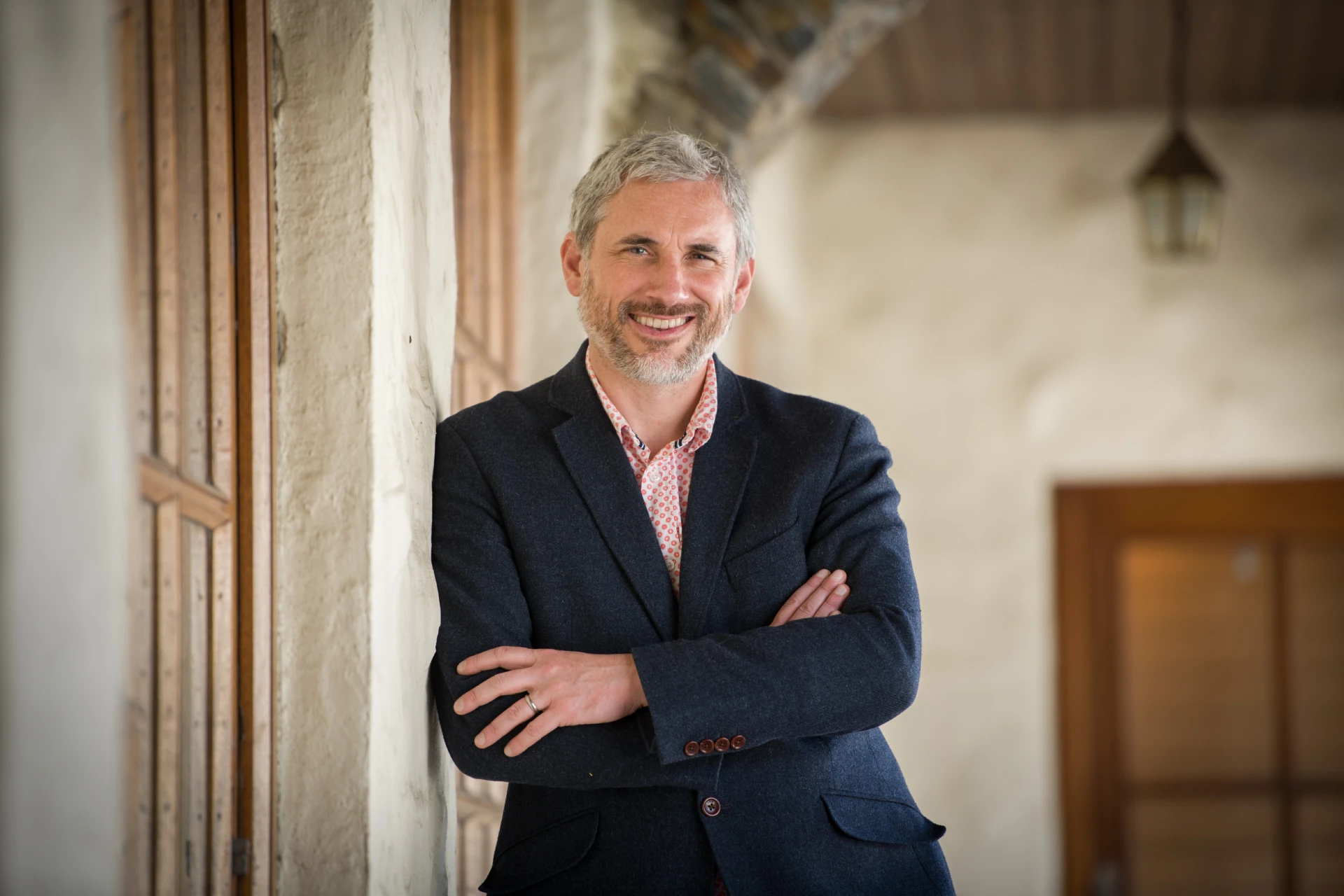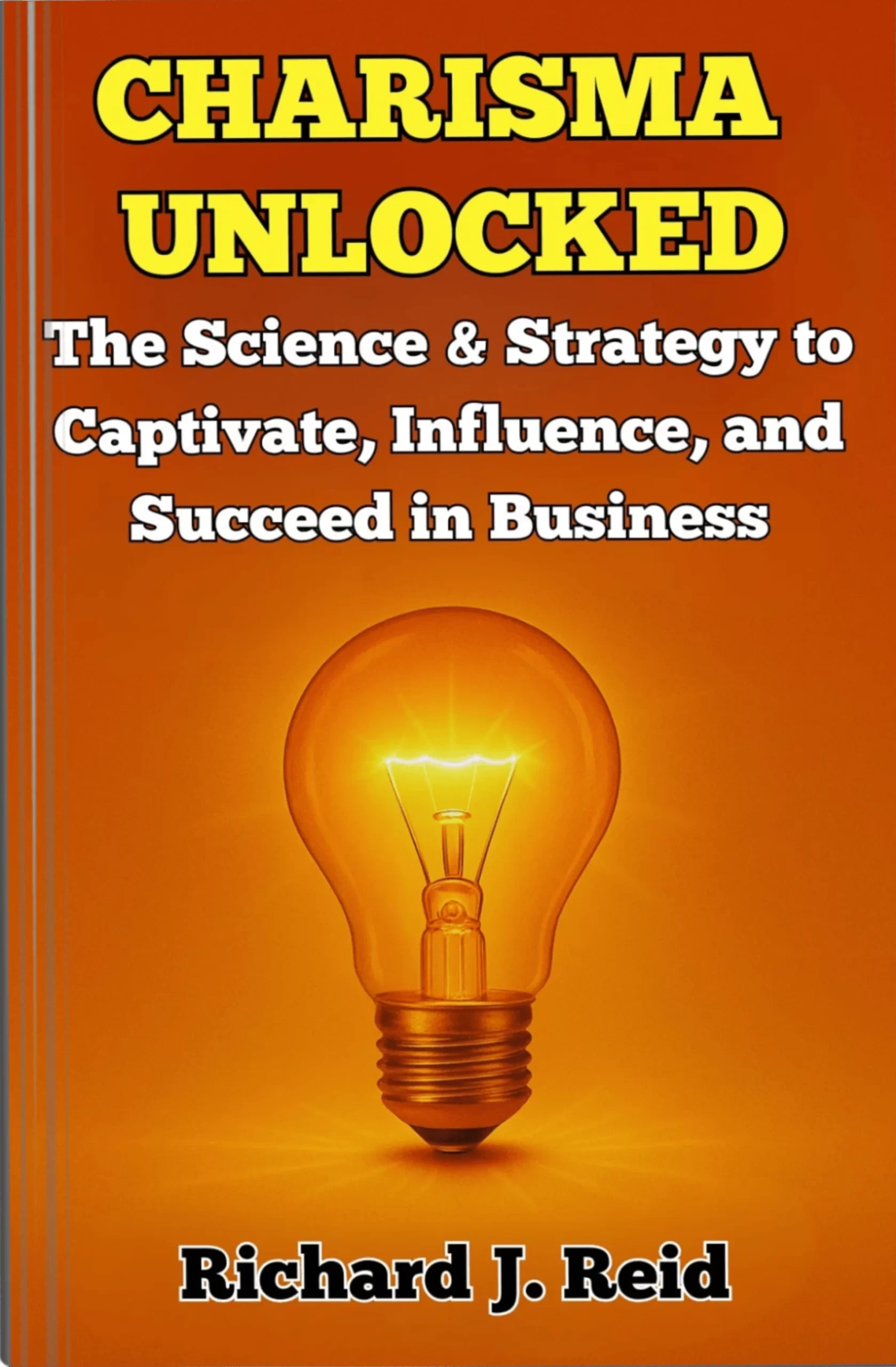Recognising and Managing Burnout for Entrepreneurs and High-Performing Professionals
Introduction
Burnout a state of emotional, physical, and mental exhaustion caused by prolonged stress has become a pervasive challenge for high achievers in today’s fast-paced and competitive world. Entrepreneurs, executives, and high-performing professionals often operate in demanding environments where long hours, constant decision-making, and the relentless pursuit of success leave little room for rest or recovery.
While their drive and work ethic are key to their achievements, these traits can make them more vulnerable to burnout. Left unchecked, burnout can undermine personal health and relationships and the sustainability of their professional results.
This whitepaper explores the signs and causes of burnout while offering evidence-based prevention and recovery strategies explicitly tailored for high achievers. By addressing these challenges head-on, leaders and entrepreneurs can create balance, improve resilience, and unlock long-term success.
Understanding Burnout and Its Impact
What Is Burnout and Why Are High Achievers at Risk?
Burnout is officially recognised by the World Health Organization (WHO) as a syndrome resulting from chronic workplace stress that has not been successfully managed.
High achievers face added risks due to their:
- Perfectionism: Reluctance to delegate tasks or accept imperfections.
- Overcommitment: Taking on more responsibilities than they can manage.
- Difficulty Disconnecting: Tendency to blur the lines between work-life boundaries.
These behaviours create conditions for unrelenting stress, leading to burnout if prolonged.
Signs of Burnout in High Achievers
Burnout symptoms often build gradually. The earlier they are identified, the easier they are to address. Common signs include:
- Physical Symptoms: Chronic fatigue, headaches, insomnia, or frequent illnesses caused by a weakened immune system.
- Emotional Symptoms: Detachment, irritability, helplessness, or loss of motivation.
- Cognitive Decline: Trouble concentrating, forgetfulness, or reduced decision-making ability.
- Work-Related Issues: Decline in effectiveness, inability to meet deadlines or feelings of dissatisfaction with work achievements.
Recognising these signs early is the first step toward effective prevention and recovery.
The Science Behind Burnout: Why It Happens
Burnout is strongly tied to the body’s stress-response system. Constant pressure activates the fight-or-flight response, flooding the body with cortisol and adrenaline. In high performers, this stress often becomes chronic due to:
- Prolonged Overwork: Constant demands without adequate rest leave the brain and body unable to recover.
- Lack of Recovery Time: High achievers often deprioritise downtime, assuming productivity equals success.
- Emotional Exhaustion: Chronic decision-making exhausts emotional and mental reserves, making it challenging to manage negative emotions over time.
The result? A perpetually depleted system leads to decreased performance, broken focus, and poor overall well-being.
Strategies for Burnout Prevention
Preventing burnout is not about working less—it’s about working smarter while prioritising sustainability. The following strategies are tailored for high achievers and entrepreneurs:
1. Set Non-Negotiable Boundaries
High achievers often sacrifice personal time for work. Establishing clear boundaries—such as no work after a set hour or scheduling time for family—is essential for maintaining balance.
Tip: Use tools like calendar blocking to protect time for exercise, personal growth, or relaxation.
2. Delegate and Outsource
Trying to manage everything personally is a recipe for burnout. Focus on your strengths and delegate tasks that are routine or outside your expertise. Developing trust in a team or outsourcing specific activities relieves unnecessary stress.
Example: An entrepreneur might hire a virtual assistant to handle administrative tasks, freeing time for strategic decision-making.
3. Incorporate Rest and Recovery Practices
High achievers need structured recovery to recharge:
- Active Relaxation: Practise mindfulness, meditation, or yoga to lower stress hormones.
- Micro-Breaks: Taking 5 minutes every hour to breathe or stretch boosts focus and resilience.
- Sleep Hygiene: Prioritise 7-8 hours of undisturbed sleep to optimise mental performance and energy.
4. Develop Time-Management Systems
Effective time management helps avoid overwhelm:
- Use the Eisenhower Matrix to categorise tasks into urgent/essential and delegate or postpone less critical work.
- Adopt the Pomodoro Technique, working in focused 25-minute blocks followed by short breaks.
5. Cultivate a Support Network
Isolation is common for entrepreneurs, who often shoulder the weight of their businesses. Build a network of peers, mentors, or coaches to share experiences, gain perspective, and feel supported.
6. Monitor Stress Levels Regularly
Use self-assessment tools or apps like Calm or Headspace to gauge daily stress levels. Reflect on patterns and adjust workflows accordingly.
Proactive Strategy: Keep a stress journal to identify key stressors and implement solutions iteratively.
Steps Toward Recovery
When burnout occurs, recovery should be the priority. Here’s how high achievers can rebound effectively:
- Recognise and Accept Burnout: Acknowledging burnout without guilt reduces the mental load. Entrepreneurs often internalise burnout as a personal failure, but recognising it as part of high-performance rhythms is liberating.
- Take a Detachment Break: Create space to disconnect from work. Taking time off—even as little as a weekend away—can reduce stress and spark renewed creativity.
- Seek Professional Support: Engage in therapy, coaching, or wellness programmes. A professional can help identify triggers, implement mindset shifts, and rebuild productivity.
- Redefine Success and Goals: Evaluate personal and professional goals through a balanced lens. Shift from overextending to focusing on sustainable outcomes and align work with core values.
Building a Long-Term Sustainable Lifestyle
To thrive in high-performance roles without burnout, adopt a long-term mindset with sustainable strategies:
- Focus on Quality Over Quantity: Measure productivity by outcomes rather than hours worked.
- Invest in Health: Physical and mental health are vital—the foundation for all professional success.
- Practice Gratitude: Daily recognition of wins, big or small, rewires the brain for fulfilment and positivity.
Entrepreneurs and high achievers thrive when they create an environment where sustainable success becomes a priority—not a luxury.
Conclusion
Burnout is not a failure; it signals that systems need adjusting. Entrepreneurs and high-performing individuals must embrace proactive, evidence-based strategies to prevent burnout and prioritise their well-being as much as their professional goals.
By setting boundaries, practising recovery, building support networks, and fostering a balanced approach to work, high achievers can ensure a path to consistent success without sacrificing their health or happiness.
Burnout prevention is no longer optional, it is an essential investment in the future of high performance. The time to act is now.









